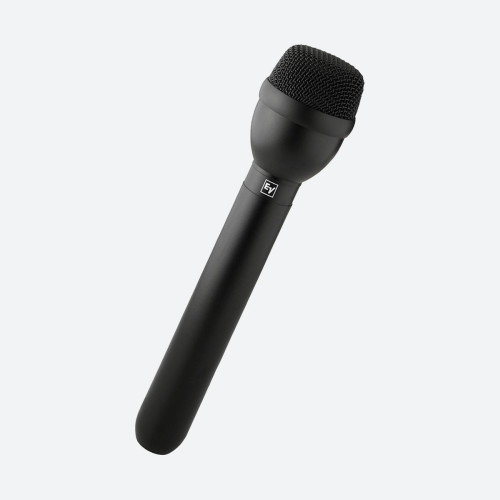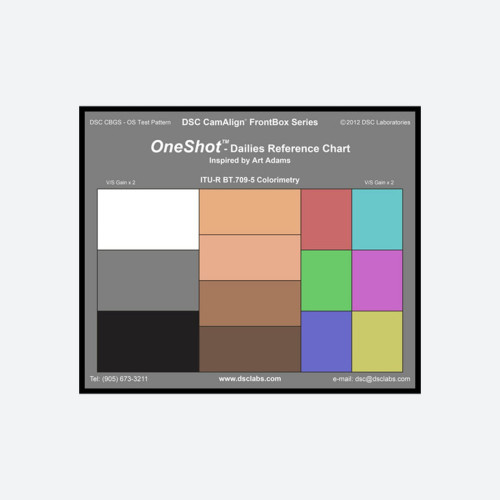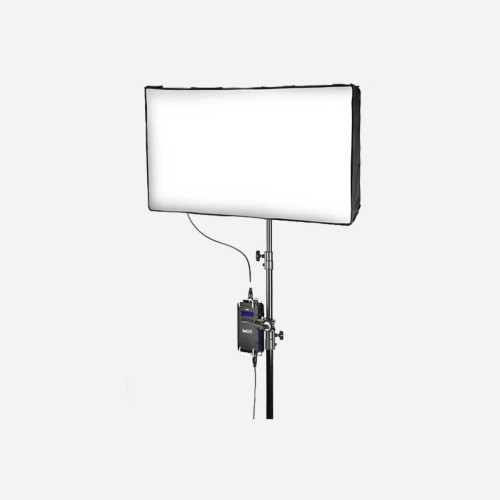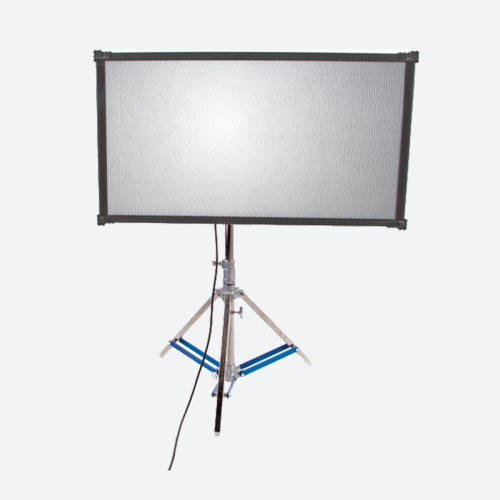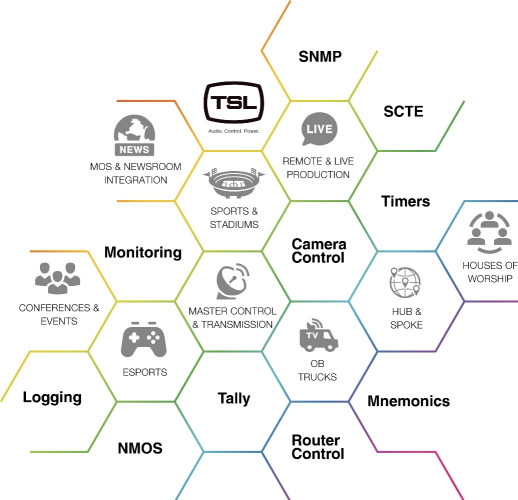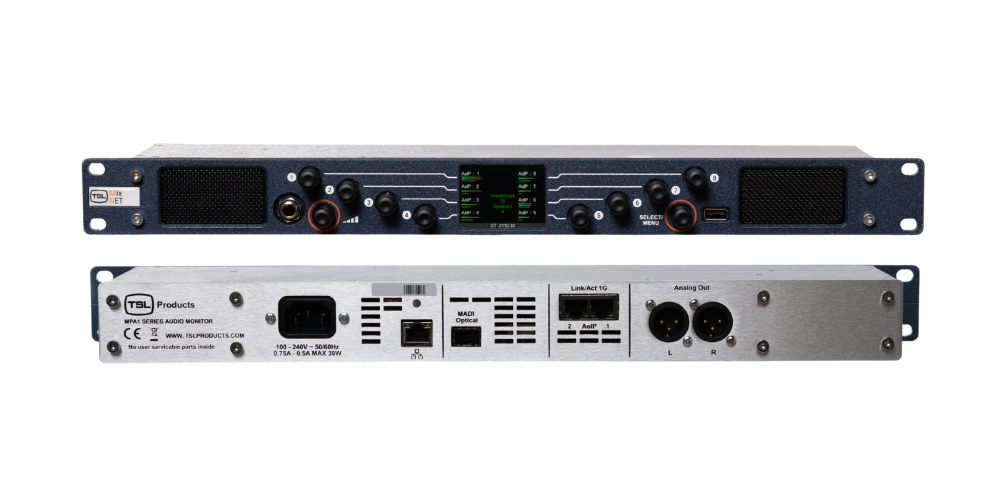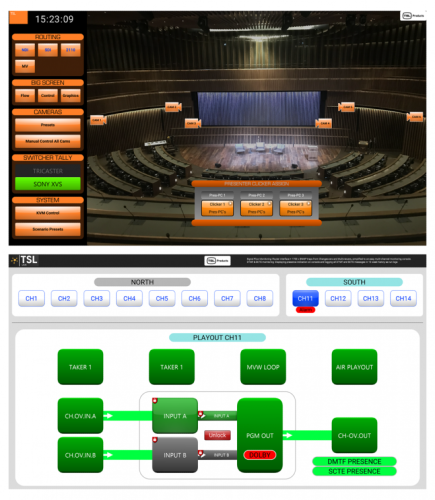By Martin Dyster
The new age of production and post production for HD broadcast has gotten more complicated with the advent of legislation and guidelines concerning the relative loudness between different programs, channels and, especially, commercials. With ATSC A85 in place in the U.S., EBU R128 covering the members of the European Broadcasting Union and ITU international standards, metering practices are going beyond familiar peak program and VU scales. Now these are only part of the loudness equation as new loudness laws impose standards regarding subjective loudness. The dilemma for the production, post production and broadcast industries becomes how to juggle a mountain of different video formats with audio levels all over the scale to deliver programming that is within the new guidelines. TSL Professional Products has created the PAM2 MK2 Audio Monitoring system and the PAM PiCo compact audio and loudness meter to create a balance between meeting these different international standards.Dealing with subjective loudness standards can get very complicated. Let’s say, for example, that a broadcast company is chronicling a major breaking-news event about troops in a war-torn country. While the newscaster is delivering the story from its live production studio, video begins to pour in from a variety of on-location sources, including a soldier’s iPhone. As the story develops, remote crews with equipment of varying degrees of sophistication start filing stories via the Internet or satellite, while high-end news crews prepare to interview world leaders. As all material is going to air live or near live, it is critical to perform confidence audio monitoring on a clip before it goes to air, including compliance with local loudness standards. Additionally, the various clips generated by the news program will eventually make their way to the post-production team, which must weave a story from them and follow-up material submitted after the event for a special news program. Having proper compliance monitoring equipment is now essential to the post production process as well.
Another wrinkle for the broadcaster and cable operator is ensuring that commercials adhere to loudness standards. In many cases, these audio tracks have hyper-squashed dynamic ranges—designed to yield the loudest possible signal without exceeding maximum peak metering values. In some cases, producers may have introduced distortion to a particular audio track to grab the attention of the listener/viewer, who, because the human ear hears distortion as louder than a distortion-free track with the same meter level, will perceive it to be louder to grab attention. This is another compelling reason to have confidence monitoring equipment.
The artistic intent of a director, who may employ a wide dynamic range when mixing a program or feature film airing after the special news production, plays another major role in subjective loudness. For example, while the director might want to contrast the program’s quiet dialogue with louder action scenes for artistic reasons, a home viewer might not desire or have the ability to enjoy these dynamics, forcing him to ride the volume level. All these disparate factors play into the responsibility of the broadcaster to comply with loudness legislation.
TSL’s PAM2 MK2 has been designed to address all of these issues. To keep programming on the level, it is equipped with an SDI output that exports the bar graph, data and loudness histogram displays to an external monitor, such as a multiviewer or video display, for an at-a-glance review of mission-critical audio information. It also features an optional Dolby CAT1100 module, enabling comprehensive decoding and monitoring of the Dolby audio formats that are used throughout the HD broadcast chain (Dolby Digital Plus, Dolby Digital and Dolby E). The established PAM loudness histogram provides a visual display of loudness against time and, with the addition of real-time logging over Ethernet, ensures the audio is compliant.
The PAM PiCo compact portable level meter, the latest member of TSL’s PAM product family, is available in four formats to display stereo, multichannel or surround sound audio from analogue, AES or embedded SDI signal sources. All models of the PAM PiCo and PAM2 MK2 have ITU, EBU, ATSC and ARIB loudness measurement capabilities as standard. Users can keep both units up to date with online software enhancements that add the latest international standards and recommendations as they become available. TSL knows how to keep audio on the level.






